-
Content Count
2,276 -
Joined
-
Last visited
Posts posted by Philly
-
-
I mostly fish still water lakes. The ones I fish are pretty weedy, lots of lily pads. The only place I've fished for trout in lakes is Vermont. I mainly used CDC and Elk, targeting rising fish. Subsurface for bass, leech patterns, buggers, bait fish patterns, dragonfly and damsel fly nymphs, crayfish patterns. Top water, poppers, sliders and booby flies. might want to consider frog patterns. As already mentioned look for structure, brush, downed trees. Don't ignore the shore line. Cast your fly toward the shore and retrieve. Docks and boat ramps are other targets.
-
14 hours ago, john1962 said:14 hours ago, Fruitrollup said:FYI, I have noticed that round rubber legs do not last more than a season in Colorado. I don’t know if other areas of the country experience the same thing. My solution has been to go to silicone or span-flex/lifeflex legs.
Thanks for the tip, I will definitely look into that.
Just a follow-up on what Fruitrollup said. I use the silicone legs for my foam flies. The silicone legs, what they call "sili legs" in fly fishing catalogs and stores, are silicone skirt layers. What they use for spinner baits and swim jigs. If planning to use a lot of them, they're cheaper than the packs of "sili legs" with a better selection of colors. You should be able to find them in most tackle stores, Bass Pro/Cabela's, Wal-Mart or online. Or if you have any spinner baits or swim jigs lying around that you don't plan to use anymore you can cannibalize them.
-
I tie a lot of foam flies. I have a couple of CA's in my warm water box. A good job. Not much to critique. One, usually the "tail" is pointing up. It looks like your thread is fraying. Any idea why? Sometimes, but it would only be for the rear wrap, the thread hits the hook point and frays. Tie the legs in last. That way if you want to trim the foam body, the legs won't get in the way.
-
Overall, it looks good. It will certainly catch fish. A couple comments. The tail looks good. A good rule of thumb is the tail should be as long as the hook shank. The head needs work. When you're wrapping just make sure the threads are up against each other. One of the disadvantages of using a down-eyed hook is if you make the head to big, you can block the hook eye. When you're cutting/trimming the tag end hold it tight and use a sharp pair of scissors or a single edge razor blade to cut it. That should prevent the fraying around the hook eye. It looks like you wrapped the tail down the bend of the hook. Just stop your wrap at the end of the hook shank. To me the hackle seems a bit long, but my personal preference is for the hackle to be long enough to be just below the hook point. I tend to use wide gape hooks. Again good work.
-
I've tied a couple size 20 buggers. They were tied on size 20, I think, 3xl or 4xl. It's been a while since I tied them. I used the smallest bead I had. I had to use dry fly hackle for them. I'll see if I can take a picture of them and post it. Surprisingly, I caught a few trout on them.
-
My preference is a straight eye hook rather than a down-eye hook. When I started tying, I brought the specific hook for the pattern, but I realized I just needed a straight shank hook and a curved shank hook. So I settled on the TMC 101 and the TMC 2488 for my trout flies. Warm water I found I could use various non-fly fishing hooks for my patterns. They were often cheaper than the "fly tying" hooks.
-
Overall, it looks good. You could still coat the body with UV resin. You would just have to be careful in the back. One thing I do is color the body and coat it with UV resin before I glue the body on the hook. Eliminates the possibility of getting the UV resin on the tail materials. A couple of things to think about. Rather than tying the first batch of the silicone legs on the hook shank consider pulling them through the body. It will reduce the clutter on the back of the shank and distribute the weight better. Color the body, including the eye "sockets" before you put the eyes in. My personal preference is not to use feathers for the tail, but as far as I can tell you have them tied in correctly, shiny side out. Excellent job on the coloring, considering you're using the double barrel popper body. It's tough to blend the colors with that particular body. Excellent job. You should catch a lot of bass with that fly.
-
I use to make my own leaders, nothing fancy. Once I discovered furled leaders, I quit making them. I don't make my own furled leaders but over the years I've acquired several by swapping flies and/or materials for them. I don't think I ever used more than two flies. Nothing fancy there. Just a dropper from 12 to 18 inches tied off the bend of the hook. I've caught two panfish on that rig several times and one time a couple of small bass. A bit more excitement than I like.
-
A vest usually, the same Orvis vest that DFoster posted. I don't know how old mine is. Maybe 15 years. If I'm trout fishing I only have a couple of boxes that get stuffed in the vest pockets. Since the creek I fish is stocked and is a warm water creek. I have an old camera bag that I put the warm water boxes in. If I'm fishing from shore or a boat, I have a bag that holds 8 or so boxes of my warm water flies. Throw in a wading stick and a net attached to various parts of my vest.
-
We were suppose to have a hatch 3 years ago. The creek I fish is an urban one and there wasn't much, if any, 17 year hatch along it, even though there's a good hatch of the annual cicadas. The annuals are about the same size as the 17 year ones but green in color. In the hype before the hatch I tied up some foam bugs to imitate the 17 year one.



I did fish them during the annual hatch and caught a couple of bass on them. The color didn't seem to matter. They're a pretty big bug, close to two inches long
-
Welcome. I've been in Guelph many times in the past, but not recently. For several years it was a stop on my way to a lodge in NE Ontario. I knew some folks in the area and sometimes I would get together with them to fish the Grand. Otherwise, I would fish it by myself. Then I would head east to get back to the 400 and stop and fish the Upper Credit River. Picked up some materials at the fly shop that was there then. Materials I couldn't find in the States. Nice area. The Grand was tough at times but held some really nice browns.
-
It will fish. To me the tail is too long. A general rule of the thumb is the tail should be the length of the hook shank. I'm not sure what you used for the hackle but you've really crammed a lot of material on the hook. Generally, I use saddle hackle tied in by the tip and wrapped forward. Don't feel bad about the whip finish. I've been tying for over 30 years and still don't know how to do a decent whip finish. One trick I've picked up over the years when working with bead heads is to wrap down the material behind the bead. Leave a small space between the bead and the hook eye. I bring the thread over the bead, build a small thread head then finish it with a half hitch tool.
That said I don't use a whole lot of woolly buggers. I carry three colors in my fly box, white, yellow and black. This is not the best example of a woolly bugger but this is how I tie them. It's tied on a 3 xl hook. It might be a size 6 or possibly larger.

-
Like Poopdeck, I don't use a whole lot of craft store material. Pretty much for the same reason. Way too much material. I generally buy the craft foam to use for my top water bugs. Since you have the materials make use of them. Looking at the materials in your picture, the top one, the strand is too thick, unless you plan to tie very large flies. All the others will work. Just use your imagination and start tying.
-
The only "sewing" thread I use for tying flies is the clear polyester thread you can pick up in the sewing section of most craft stores. You can get a 440 yard spool for under $3. I use it mostly for bait fish, streamers and clousers where I want the two colors to show through.

This is what the spool looks like compared to a regular spool of thread.

-
Nice, Mark. I haven't done any ice fishing years. Since I had my knees and hip replaced. The surgeons insisted I quit slipping and sliding on ice trying to catch fish. They would work around here for crappie and bass fished with spinning gear. I tie 1/32 and 1/20th oz jigs with marabou and bucktail to use with my fly rod.
-
Same problem here. I have hooks ranging from size 30, though I may have some size 32's I just can't see them, up to 5/0. One thing I learned early after I was told that I would need dry, wet and nymph hooks was that I really didn't need wet and nymph hooks. I could just tie them on dry fly hooks. My one foible is that I prefer straight eyed hooks over down-eyed hooks. When I moved into salt water I eventually realized if I rinsed the fly off after I used it I really didn't need to tie them on "salt water" hooks. I use the same hooks I use for my bass flies. Those I buy from non-fly fishing sources. One of my favorite hooks for large flies is the Eagle Claw Aberdeen Crappie hook. Wide gape, long shank, and sharp right out of the box, and cheap.
Materials, same problem that others have already mentioned. I really don't know what I have. I know I don't need peacock herl or starling skins. I just have to keep that in mind. I just open my birthday card from my sister. A $75 gift certificate for the local fly shop, and I'll get another one for Christmas. Definitely need to make a list before I had to the fly shop after New Year's.
-
It's about 90 minute drive for me, depending on traffic, but my saltwater club has a table for the show. I'll be helping to man it and tying some flies to keep me out of trouble.
-
I haven't had any issues with them. I use them for streamers and the crayfish patterns. I've caught smallies in the 1 to 3 lb range with the crayfish pattern. I was looking to see if I had any pictures. I found one.


I've since taken the props off the streamers. They twisted the leader.
-
I've been tying for a long time. Still can't do a whip finish. It never stopped me from tying flies. Go for it. Start tying some flies. The more you tie the more you learn and don't be afraid to ask questions.
-
Last few flies for my Ontario trip in two weeks. These are patterns I haven't used in a couple of years.
This one is called a "Bead Belly". A guy in my saltwater fly fishing club showed it to me many years ago. I used it for a couple of years as a silverside imitation, but moved on to unweighted baitfish patterns.
Generic bait fish
Perch
Hook- Gamakatsu Straight Shank Worm hook, 1/0
Thread - clear polyester thread
Body - Flash blended Mirror image
Belly - Two large silver bead heads in front of a piece red Mirror Image
Eyes - Living Eyes, 6 mm
Head - UV Resin
This one is a Short Floating Woolly Bugger. I usually tie them on a long shank and larger hook. Usually I'll fish it like a gurgler across the top. It has a big enough head to use it as a popper.

Front View

Hook- Kona XS Stinger, size 2
Thread - 3/0 color to match body
Body - Crystal chenille and wrapped saddle hackle
Head- 3/8" Foam cylinder
Eyes - Living Eyes, 8.5 mm
Crease Fly(modified). Crease flies were one of my go to flies when I fished salt water, but I moved away from when I fished fresh water. Normally tied on a single straight shank hook, I think the action is better "tied" this way.


Hook- VMC 9648 BZ barbless treble
Thread - only to wrap on the hook shank or in this case the articulated shank as a base to glue the foam
Body - Large articulated shank with 2 mm craft foam, cut in a triangular shape, folded in half over the shank. Halves glued together then trimmed to shape Eyes - Living Eyes, 8.5 mm
Tail - Dressed treble hook -
5 hours ago, knotjoe said:Have also tested the newer RIT Synthetic dyes on mop and craft fur and the color does take well to those materials. WIth mops, base color does affect the hue of whatever dye is used, but it usually turns out to be a nicely muted natural color in the end.
I didn't have much luck dyeing pieces from a wet mop. I initially used some RIT dyes. This was almost five years ago. They looked good initially, but after they dried they held the color until they got wet and the color washed out. I went out and brought a tye-dye kit which had a great selection of colors. I also found a white dry/dust mop. The pieces weren't that long but they were good for panfish flies. When I dyed these they held the color but came out "muted"/pastel shades. The white, chartreuse and yellow are "natural colors . The others are dyed
-
I've been lucky over the years with finding large mop material. I have several pieces of mop material where the mop piece is close to two inches long. The best find was a white one. Pieces from a wet mop can't be dyed, but you can use a permanent marker to color small batches. Now I have patches of them in white, chartreuse, yellow, orange, gray and olive. I use either size 6 or 4 hooks when I tie with them. Haven't tied them on 1/32 oz jigs yet. I also tie them with foam dumbbell heads for top water bass.
These pictures were taken in 2018. I didn't have an orange mop back then, so that one was colored with a permanent marker.
-
10 hours ago, Poopdeck said:We launched in lambertville right above the wing dam. You are correct there are condos there now. That was always a popular fishing spot for the shore bound angler. You can still walk out on the wing dam from the jersey side if the Lambertville gauge is under 2’.
The last time we went up there, again many years ago, we worked the Jersey side. It wasn't a great day. I haven't been back there since then.
-
Sounds like a good day to me, Poopdeck. I haven't fished the Delaware in years. It use to be a regular stop for me and my fishing buddy. We didn't have a boat so we fished from the bank. Our favorite spot was the old factory just below the New Hope wing dam on the PA side. I thing there are condos there now. We'd park and wade out to a small island that gave us access to the main river. If the levels were low enough we'd make our way out onto the wing dam and fish from there. Caught a lot of fish there. Long before I took up fly fishing.
This was a picture of me holding a nice crappie I caught one day about 40 or so years ago.

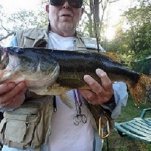
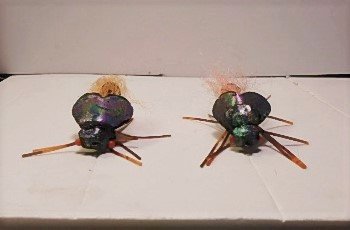
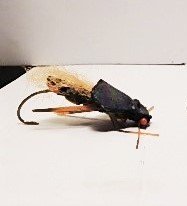
.JPG.9467586dbe2de57de4a4cd9f69f22b4c.JPG)

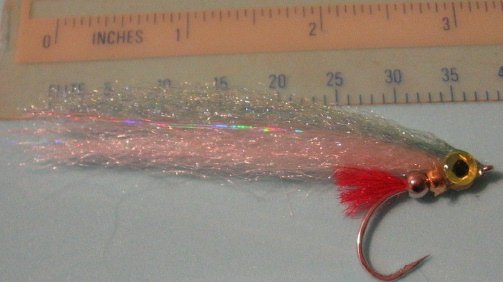

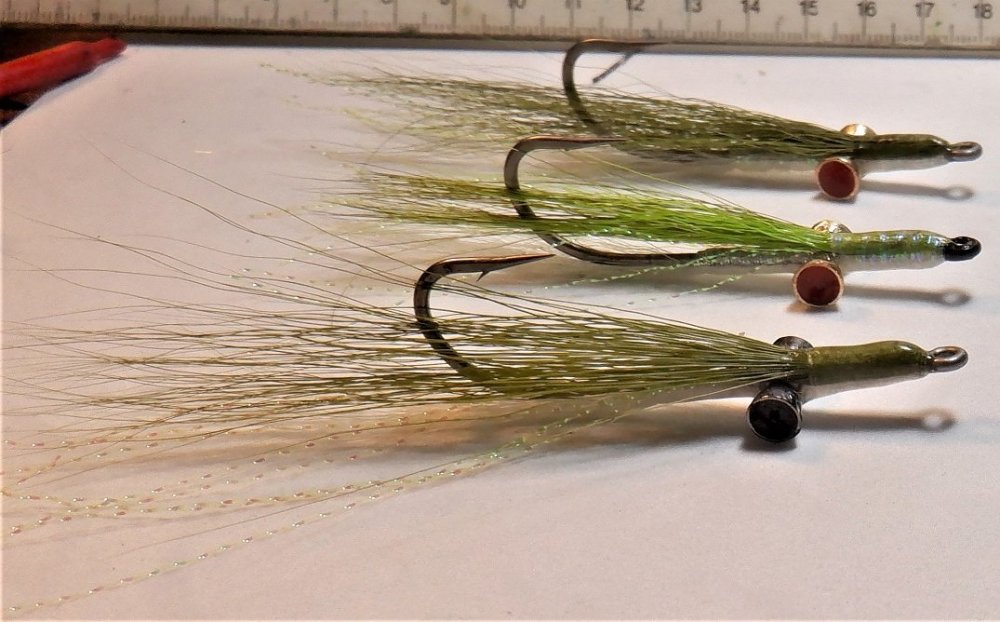
.jpg.015c88ae8a5117734acf7033f8122953.jpg)

.JPG.8eb1486382b34bb503672ab3e15ebf83.JPG)
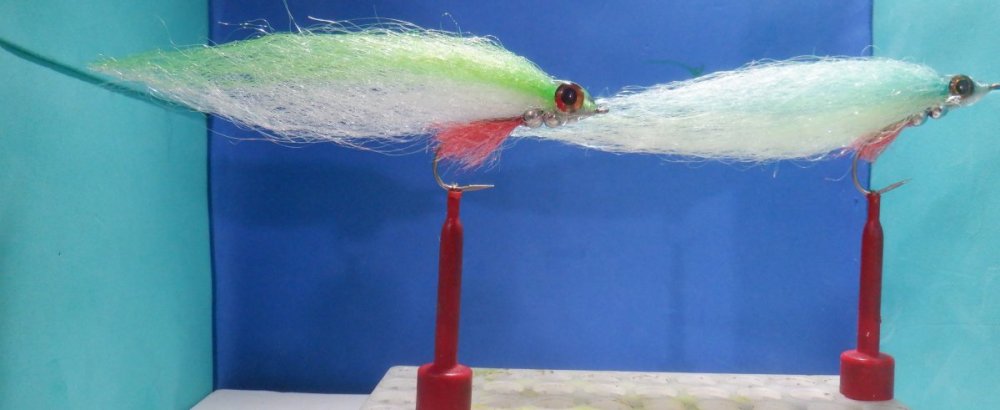
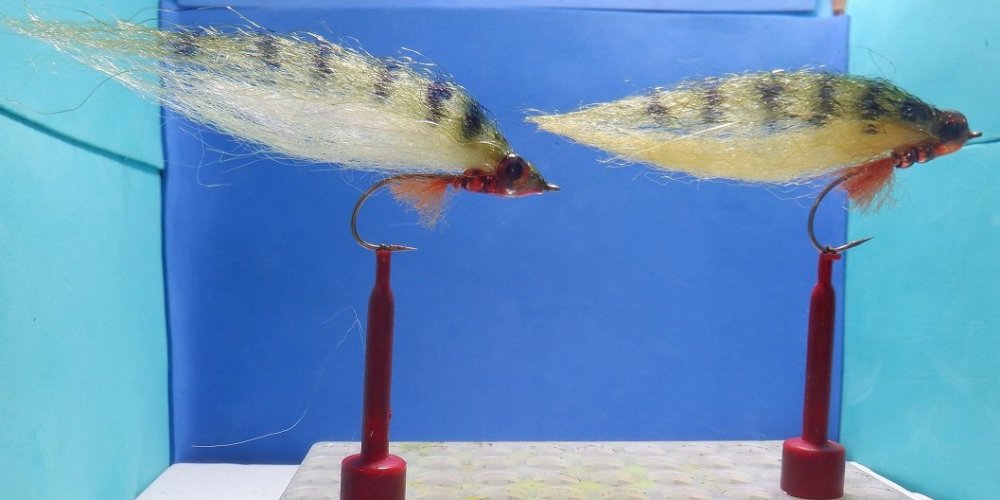

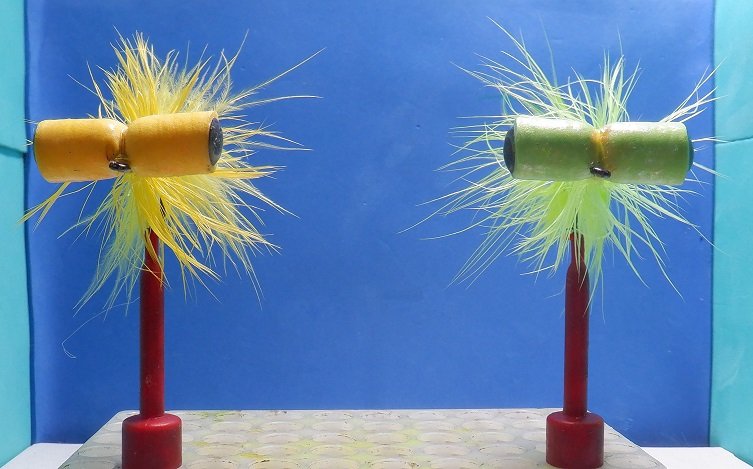
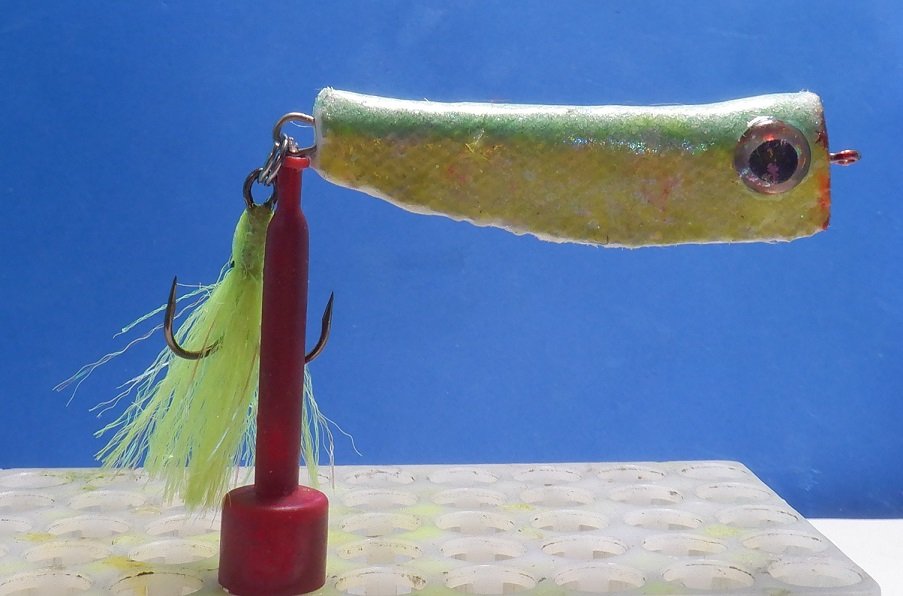
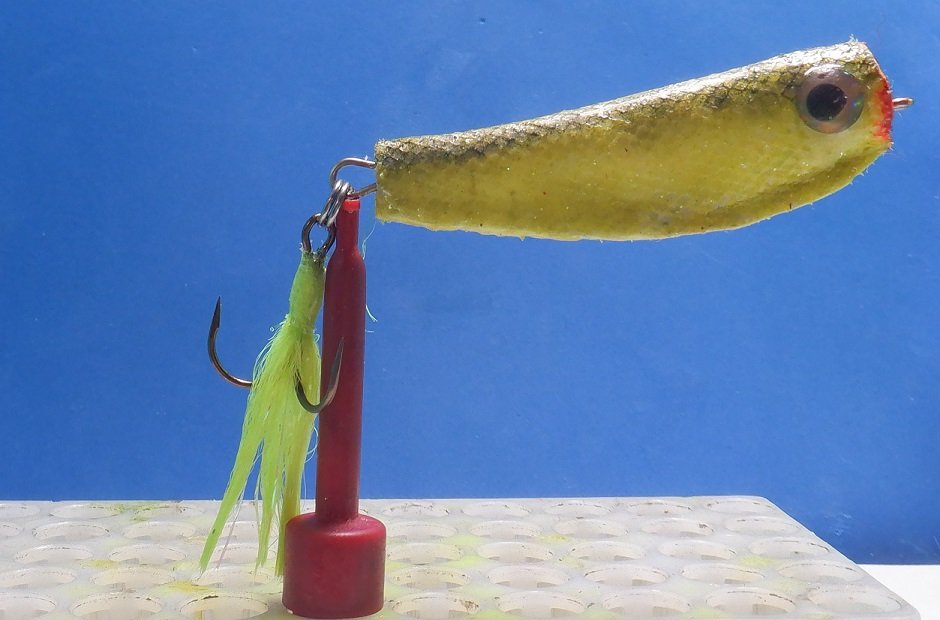
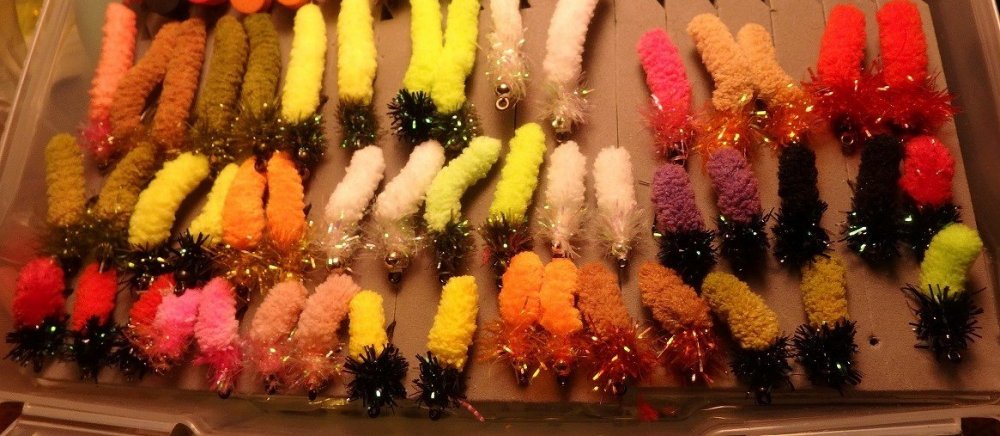
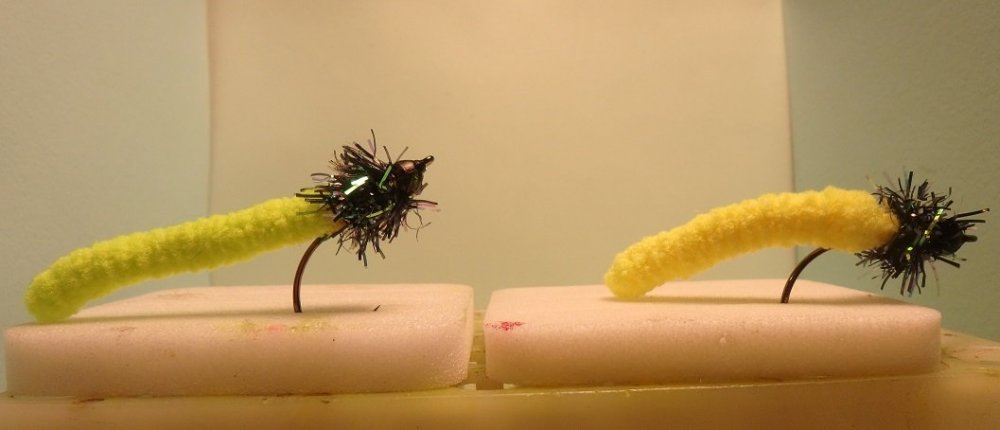


Solar Eclipse
in The Lodge
Posted · Report reply
My sister has a place near Waitsfield, Vt. I flew up on Friday to join the rest of the family to watch the eclipse. We just set up chairs around the fire pit in the back yard with a table for snacks and drinks. It was worth flying up to see it and be with family.
The drive back to Philly was not fun. It took us 11 hours. Normal drive is 7 hours.